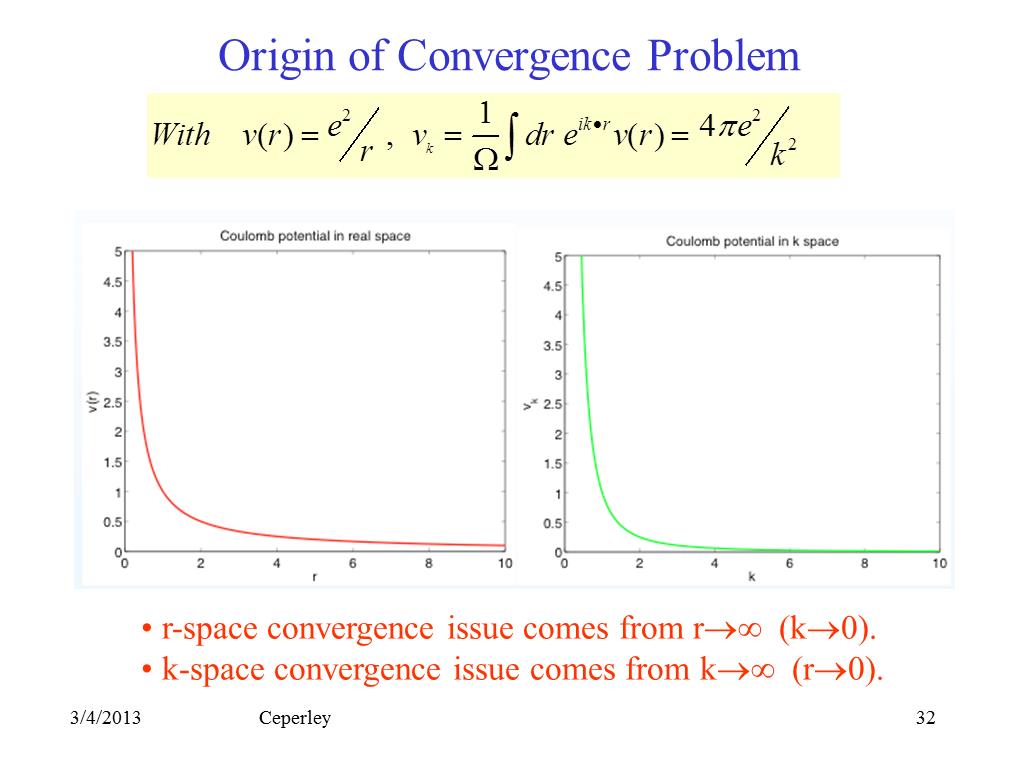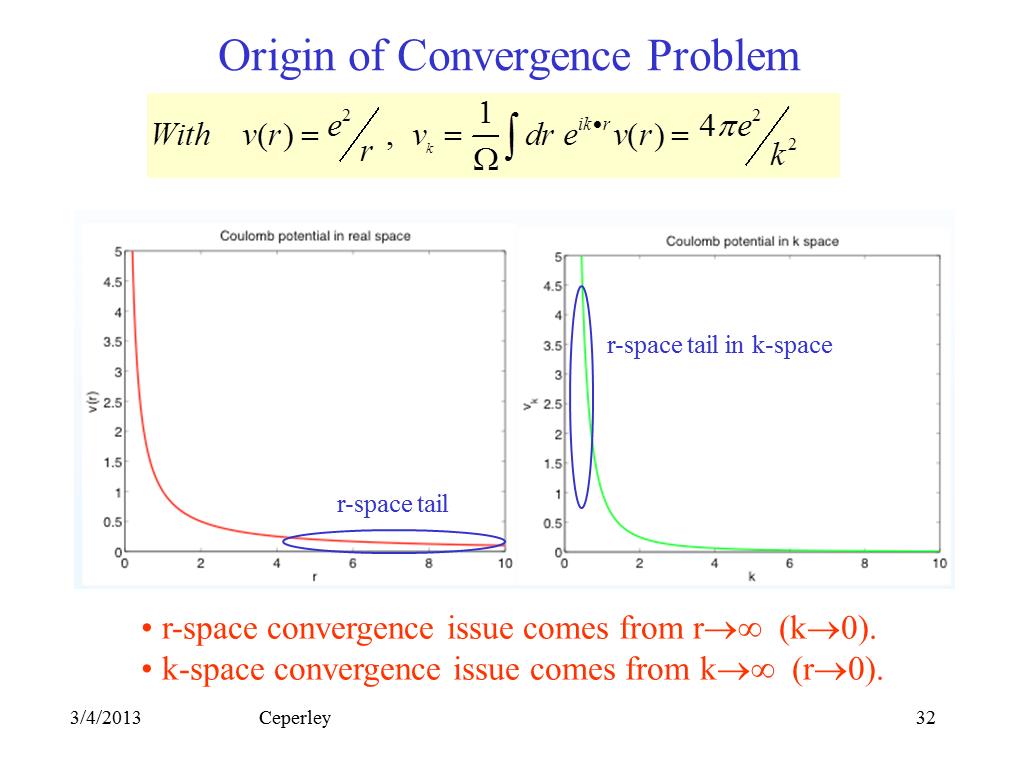[Illinois] PHYS466 2013 Lecture 20: Long Range Potentials I
[Illinois] PHYS 466 Lecture 20: Long Range Potentials I
-
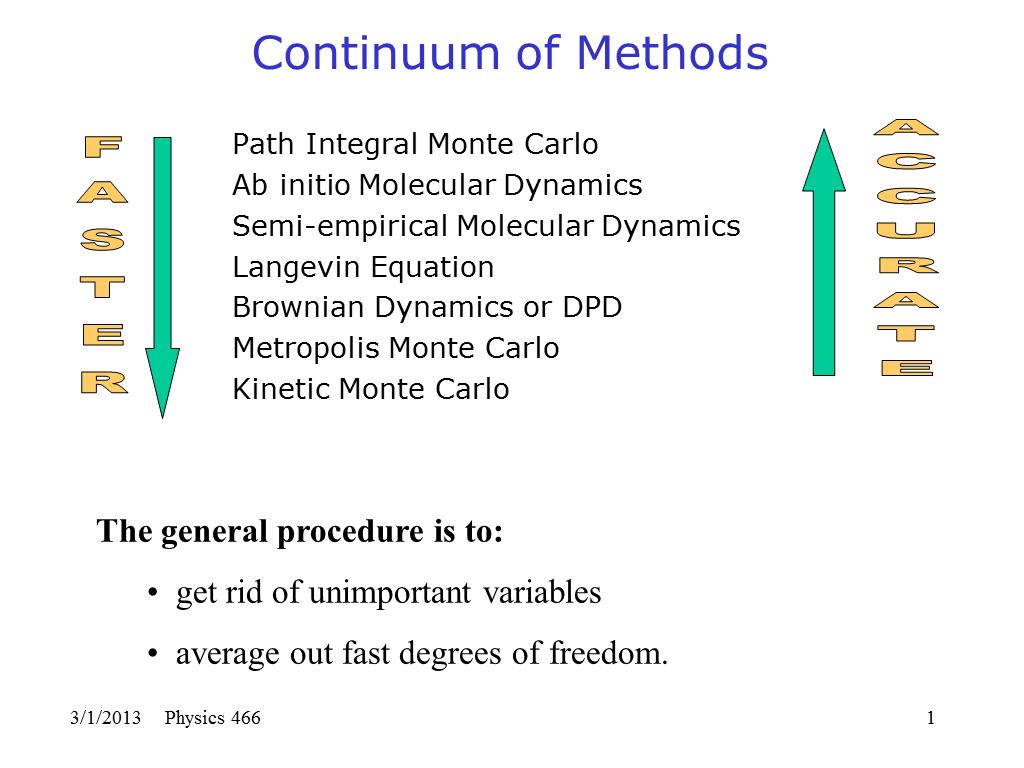 1. Continuum of Methods
0
00:00/00:00
1. Continuum of Methods
0
00:00/00:00 -
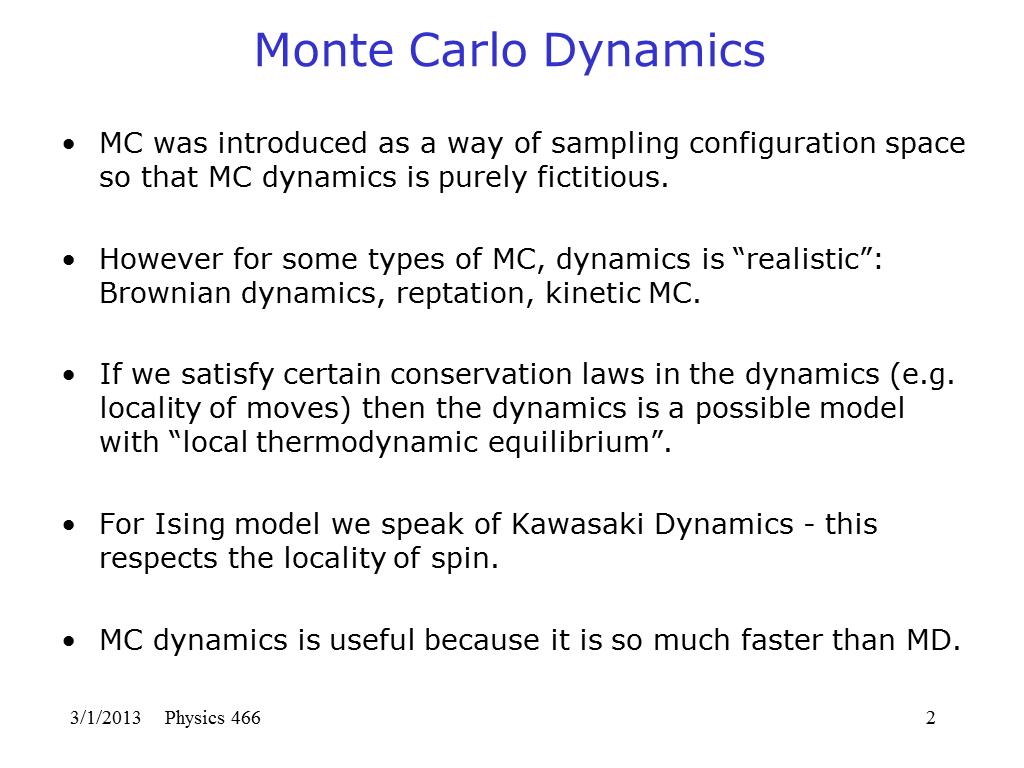 2. Monte Carlo Dynamics
57.754395916052182
00:00/00:00
2. Monte Carlo Dynamics
57.754395916052182
00:00/00:00 -
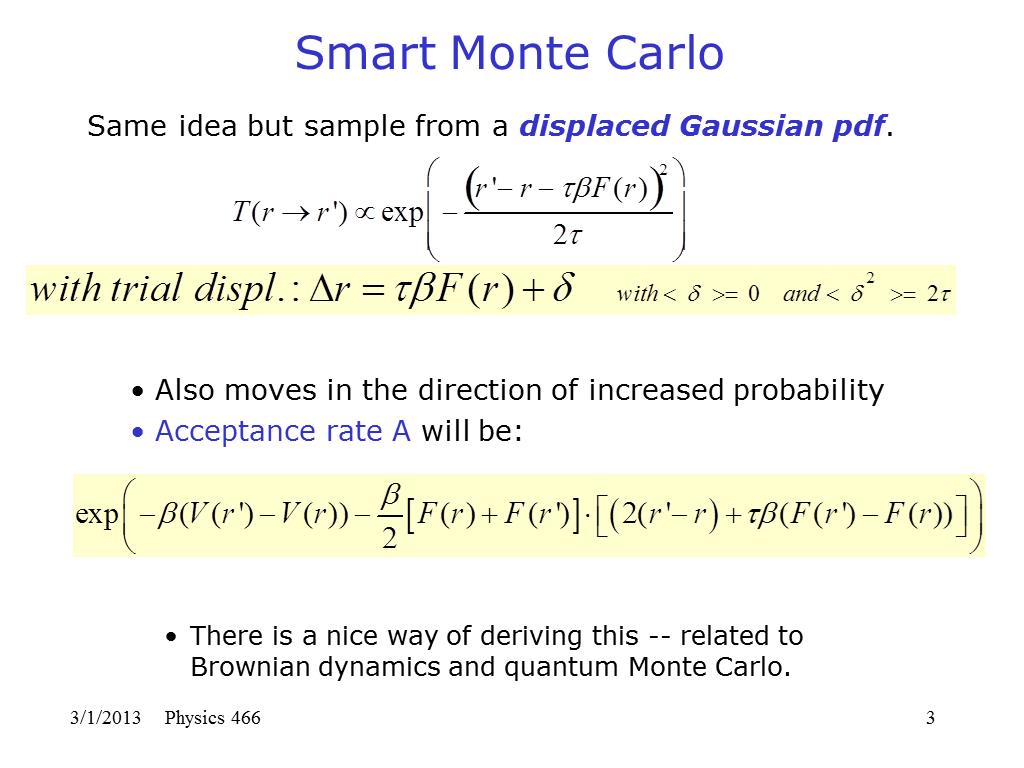 3. Smart Monte Carlo
77.0528967254408
00:00/00:00
3. Smart Monte Carlo
77.0528967254408
00:00/00:00 -
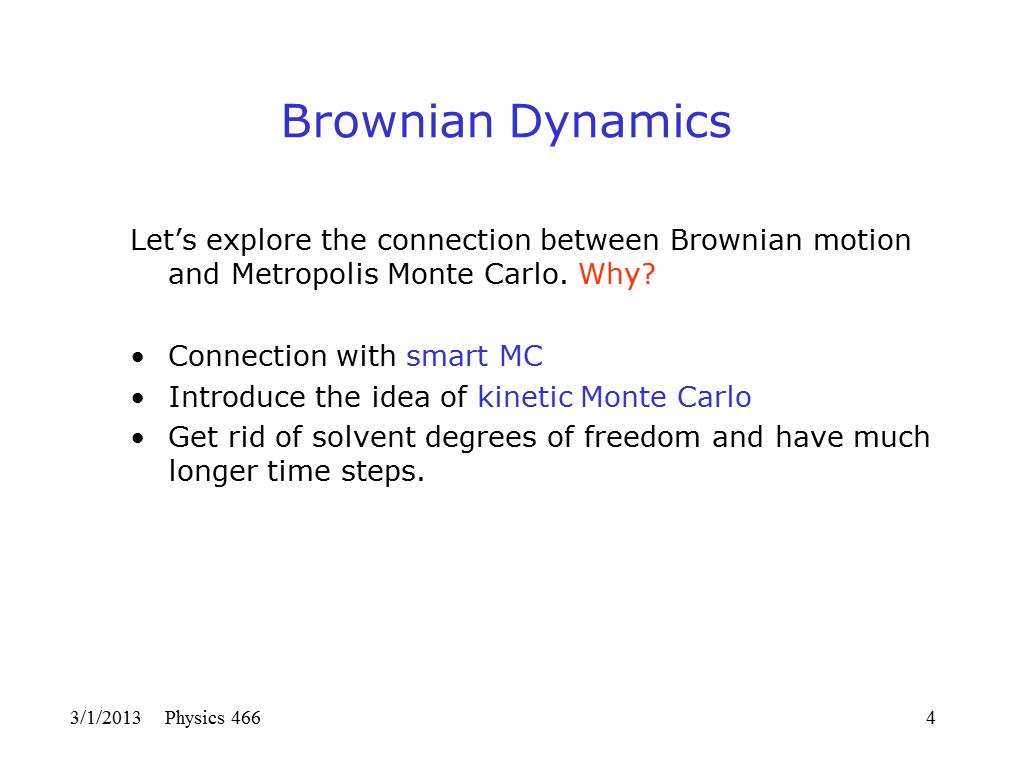 4. Brownian Dynamics
77.937110294421274
00:00/00:00
4. Brownian Dynamics
77.937110294421274
00:00/00:00 -
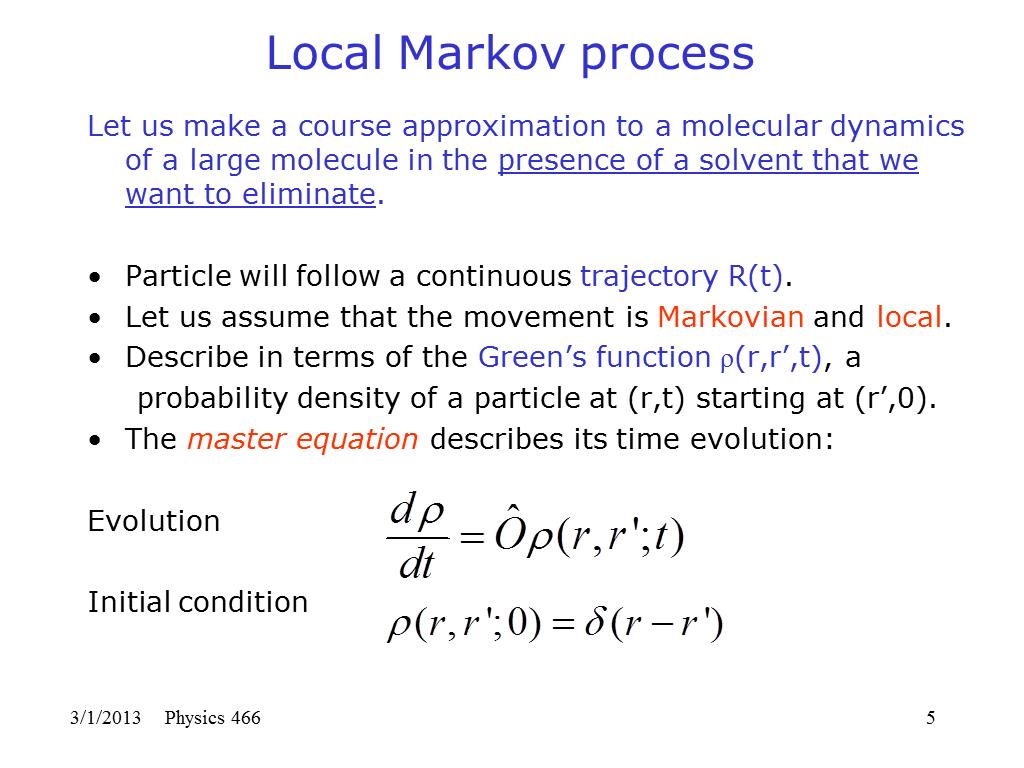 5. Local Markov process
79.642379320312173
00:00/00:00
5. Local Markov process
79.642379320312173
00:00/00:00 -
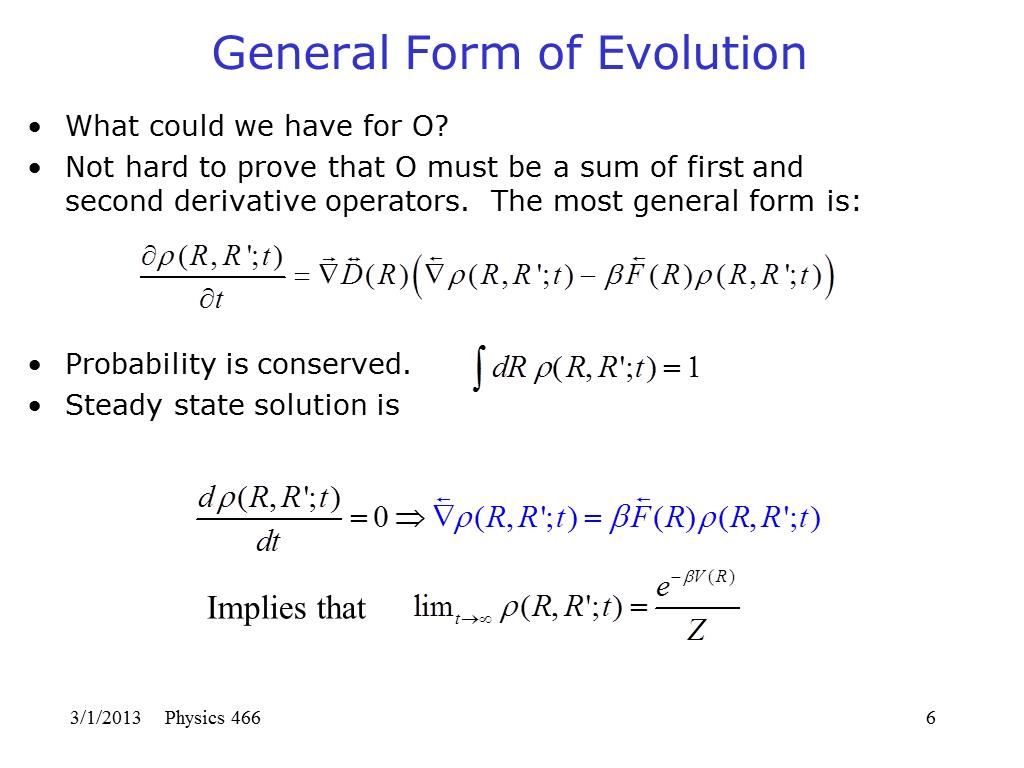 6. General Form of Evolution
98.210864268902
00:00/00:00
6. General Form of Evolution
98.210864268902
00:00/00:00 -
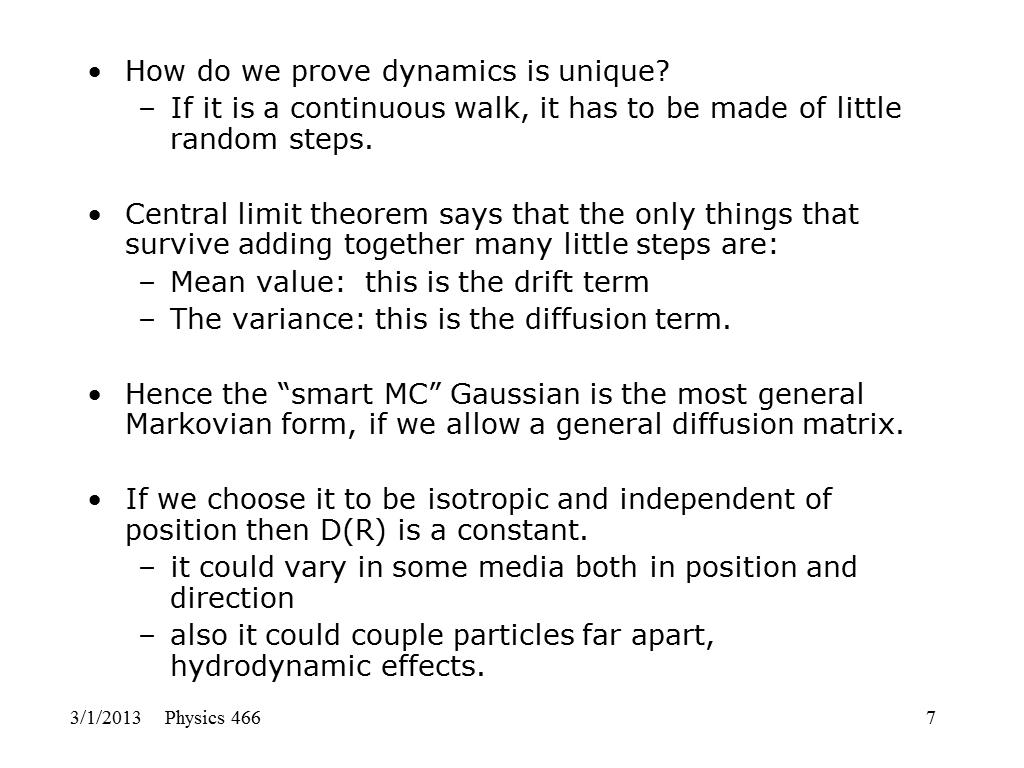 7. How do we prove dynamics is un…
150.88472973530992
00:00/00:00
7. How do we prove dynamics is un…
150.88472973530992
00:00/00:00 -
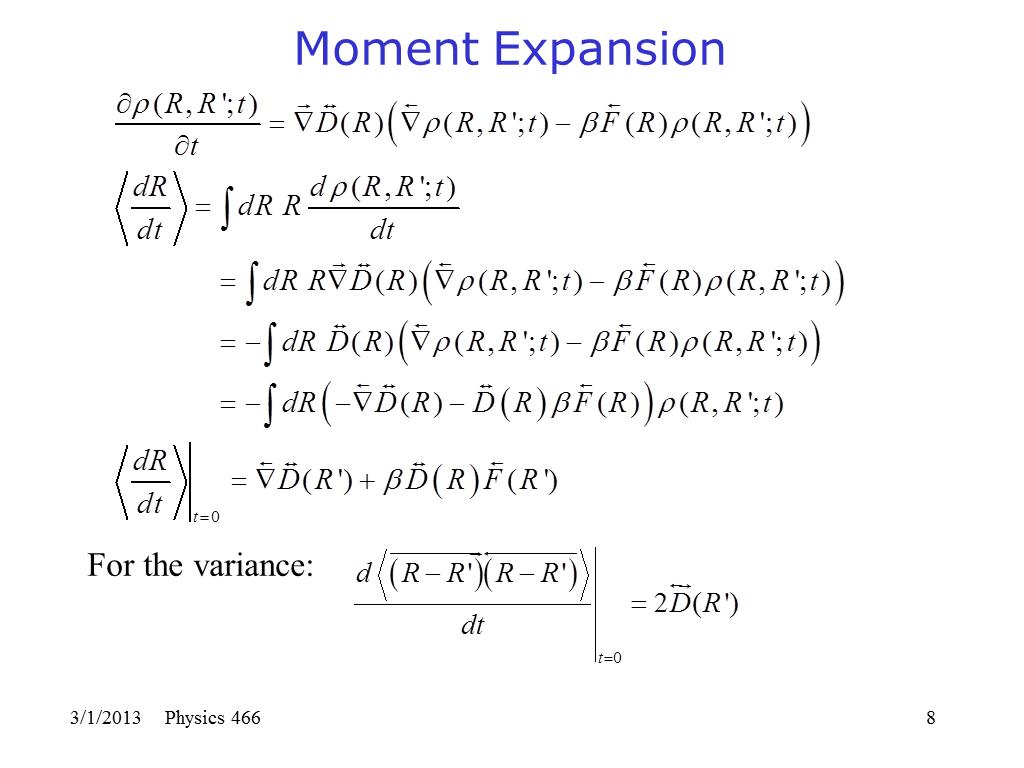 8. Moment Expansion
151.01104595944997
00:00/00:00
8. Moment Expansion
151.01104595944997
00:00/00:00 -
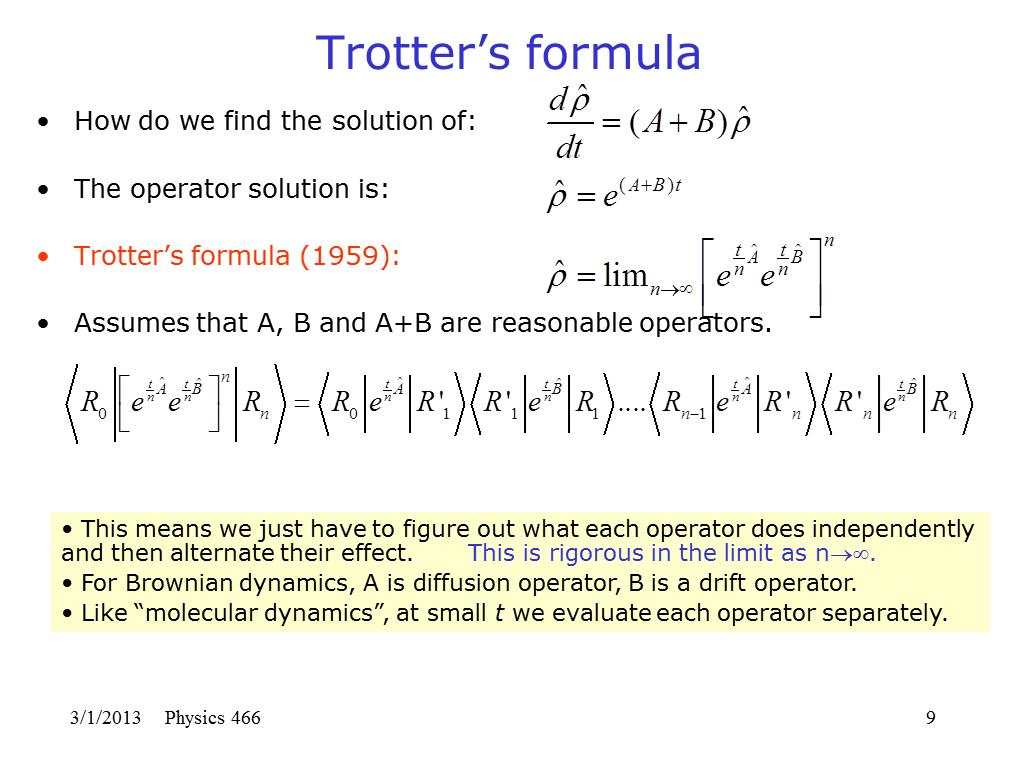 9. Trotter's formula
179.11640583061487
00:00/00:00
9. Trotter's formula
179.11640583061487
00:00/00:00 -
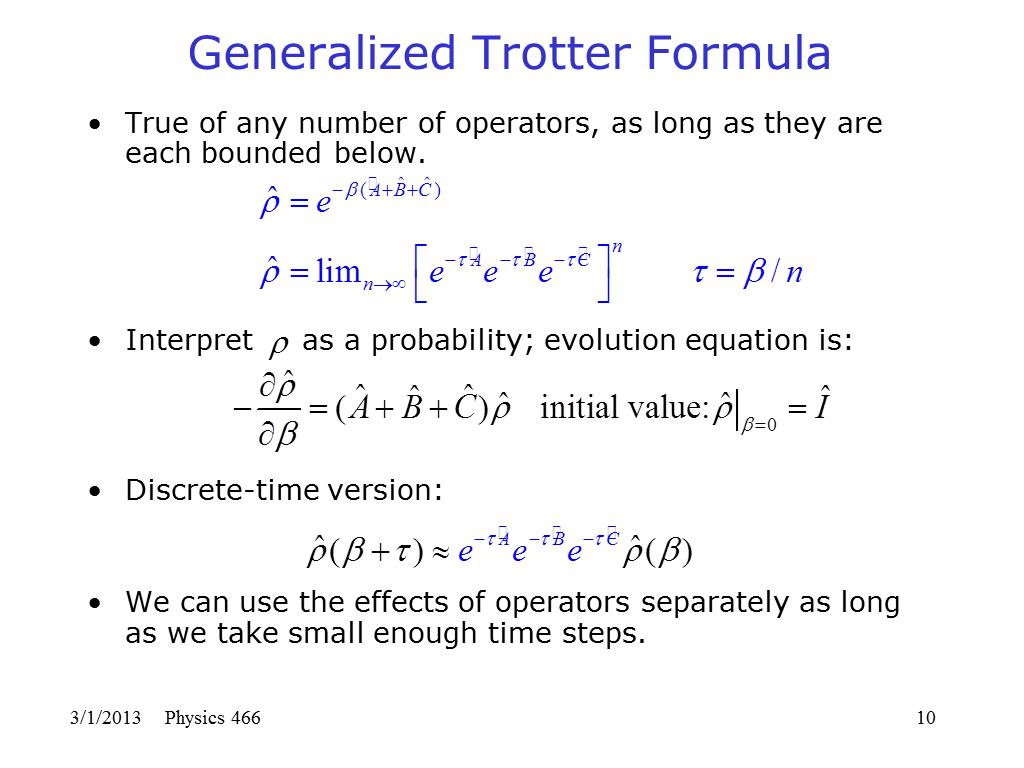 10. Generalized Trotter Formula
179.7479869513152
00:00/00:00
10. Generalized Trotter Formula
179.7479869513152
00:00/00:00 -
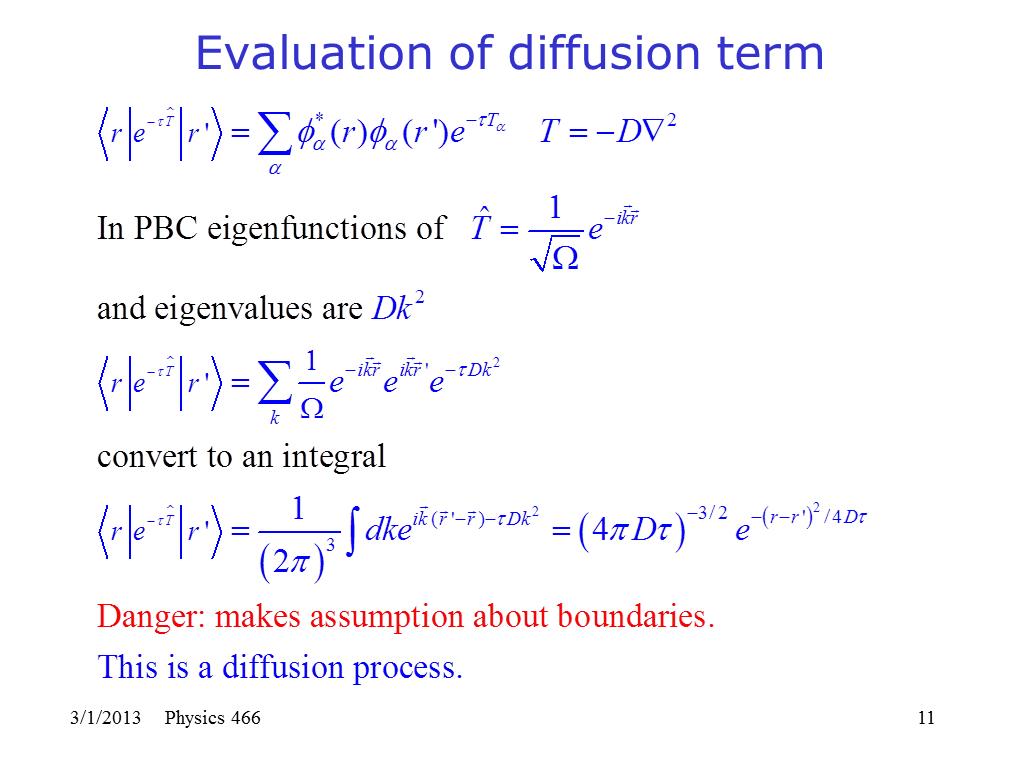 11. Evaluation of diffusion term
208.1059792707602
00:00/00:00
11. Evaluation of diffusion term
208.1059792707602
00:00/00:00 -
 12. Green's function for a gradien…
216.69548251228474
00:00/00:00
12. Green's function for a gradien…
216.69548251228474
00:00/00:00 -
 13. Using a symmetrized operator
217.7060123054053
00:00/00:00
13. Using a symmetrized operator
217.7060123054053
00:00/00:00 -
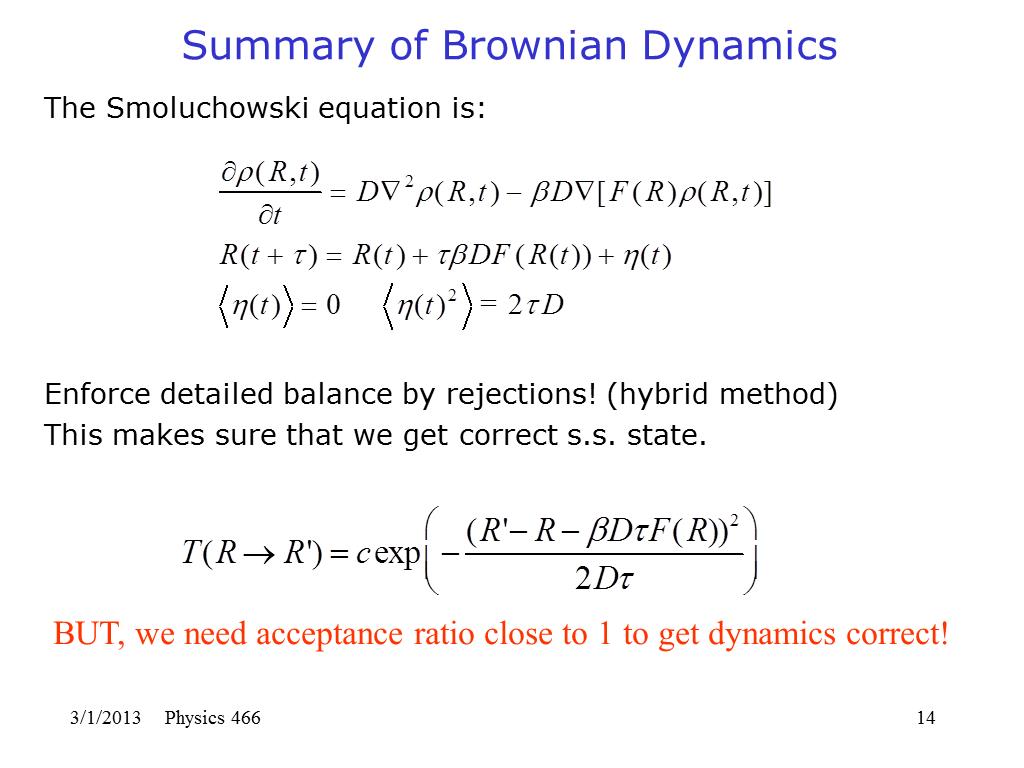 14. Summary of Brownian Dynamics
218.96917454680596
00:00/00:00
14. Summary of Brownian Dynamics
218.96917454680596
00:00/00:00 -
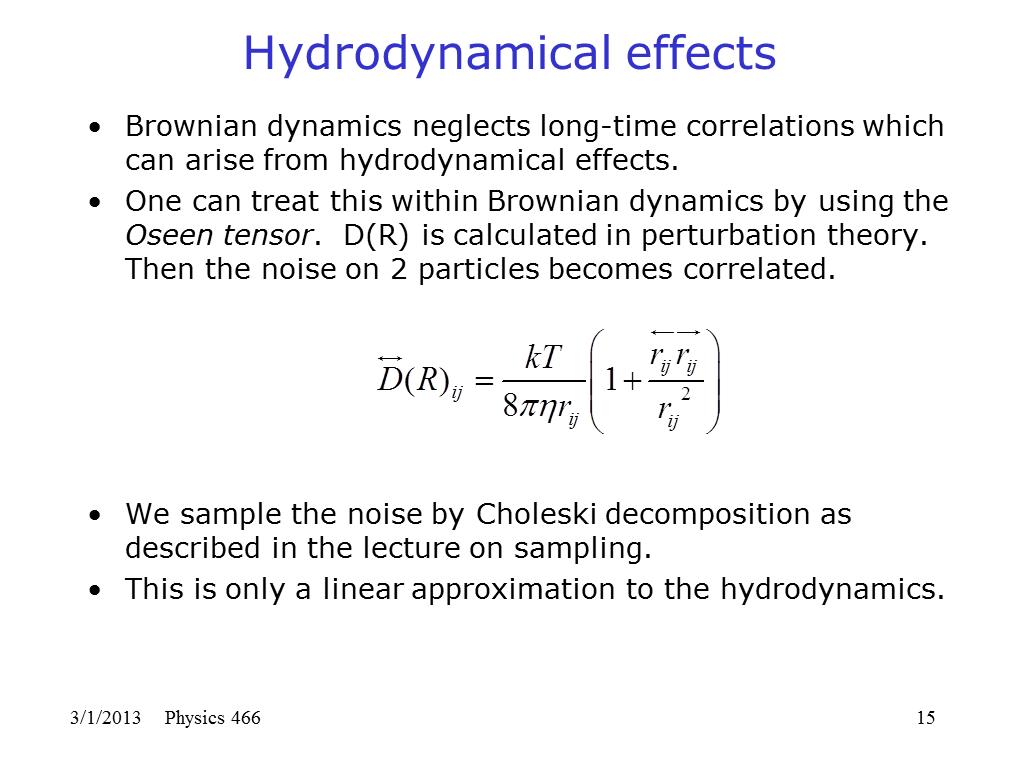 15. Hydrodynamical effects
532.549200974522
00:00/00:00
15. Hydrodynamical effects
532.549200974522
00:00/00:00 -
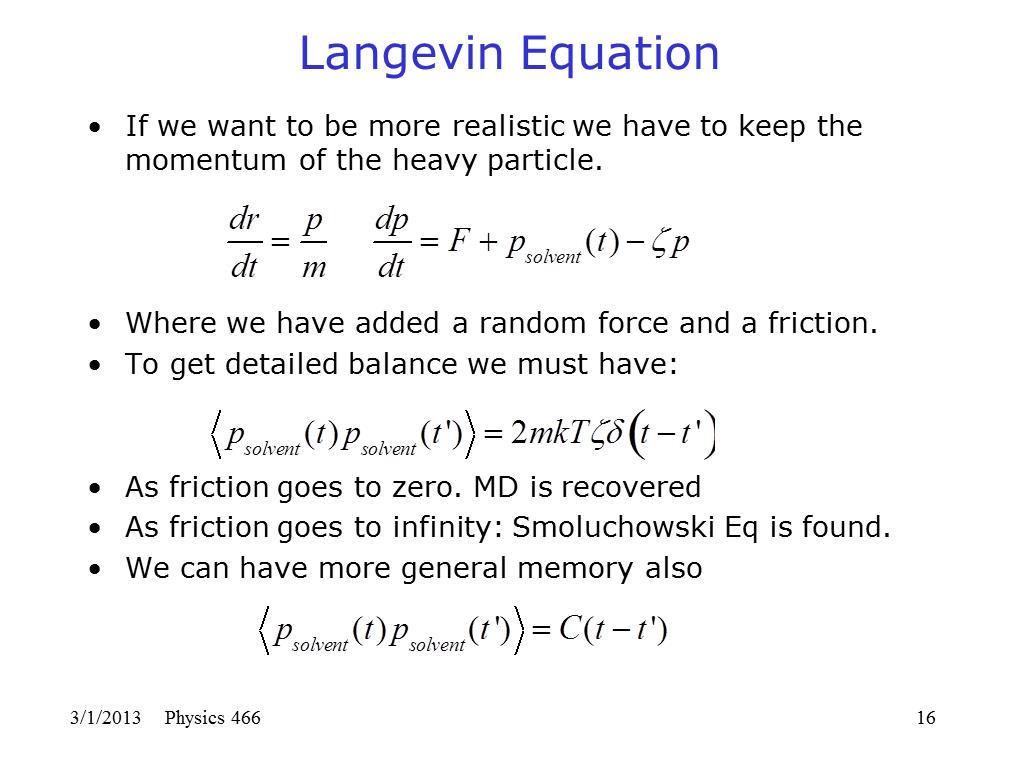 16. Langevin Equation
547.64398975926008
00:00/00:00
16. Langevin Equation
547.64398975926008
00:00/00:00 -
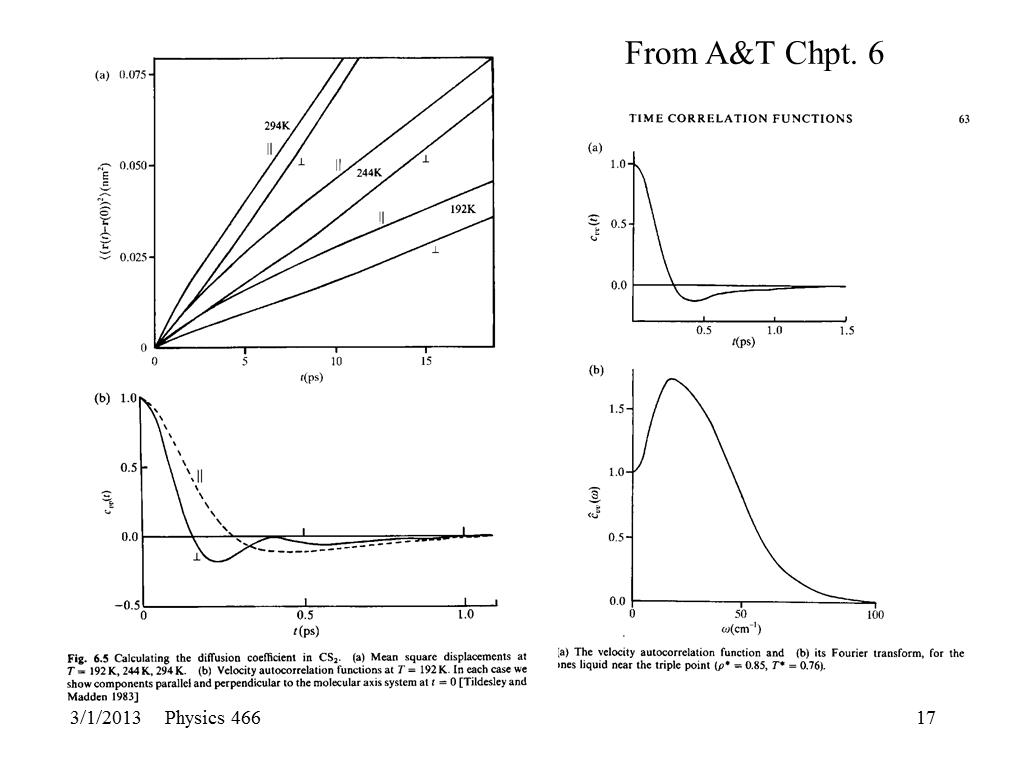 17. From A&T Chpt. 6
723.160383201883
00:00/00:00
17. From A&T Chpt. 6
723.160383201883
00:00/00:00 -
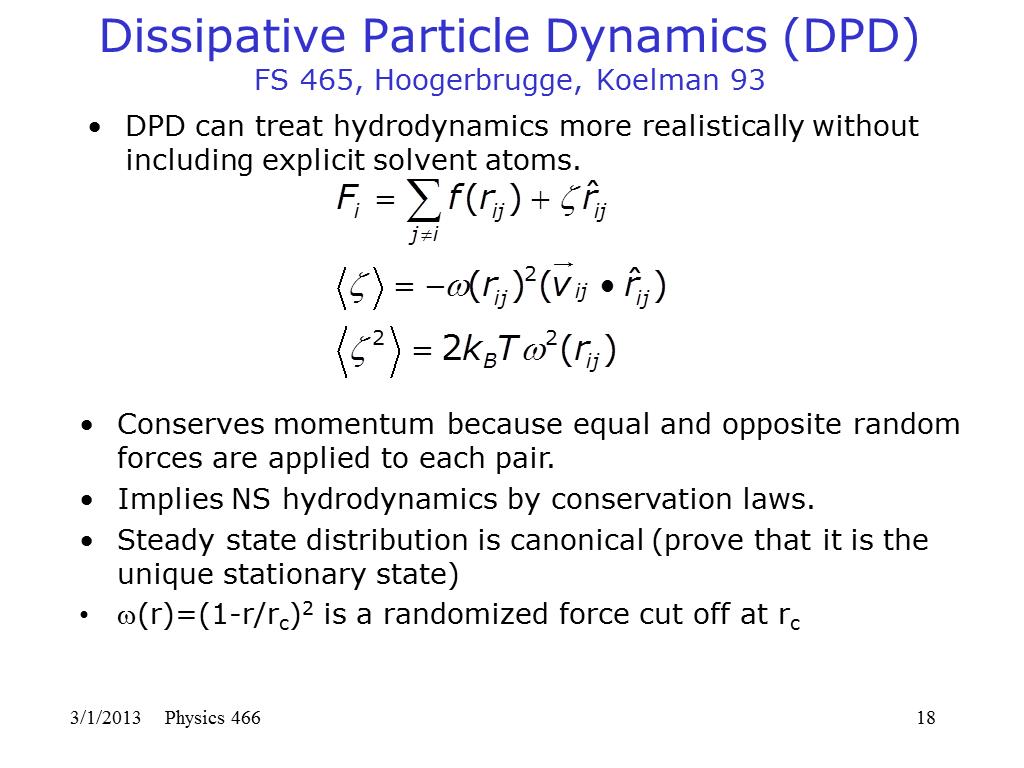 18. Dissipative Particle Dynamics …
774.00266341825989
00:00/00:00
18. Dissipative Particle Dynamics …
774.00266341825989
00:00/00:00 -
 19. How to do the DPD
1241.3726927365074
00:00/00:00
19. How to do the DPD
1241.3726927365074
00:00/00:00 -
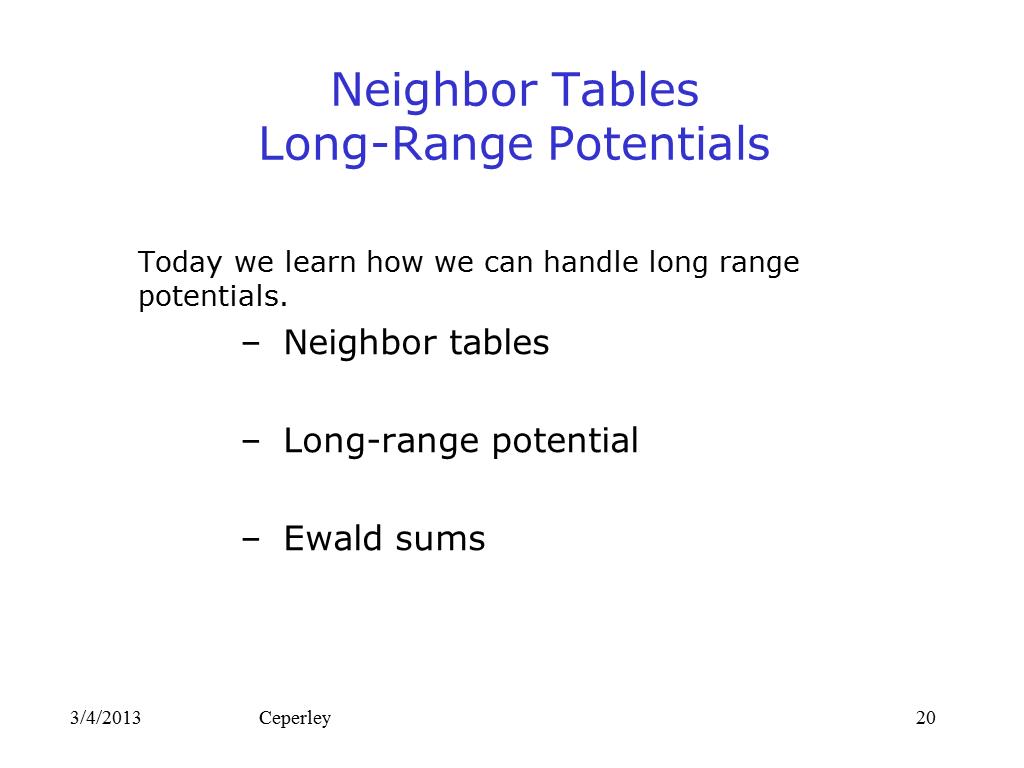 20. Neighbor Tables Long-Range Pot…
1420.2996242309123
00:00/00:00
20. Neighbor Tables Long-Range Pot…
1420.2996242309123
00:00/00:00 -
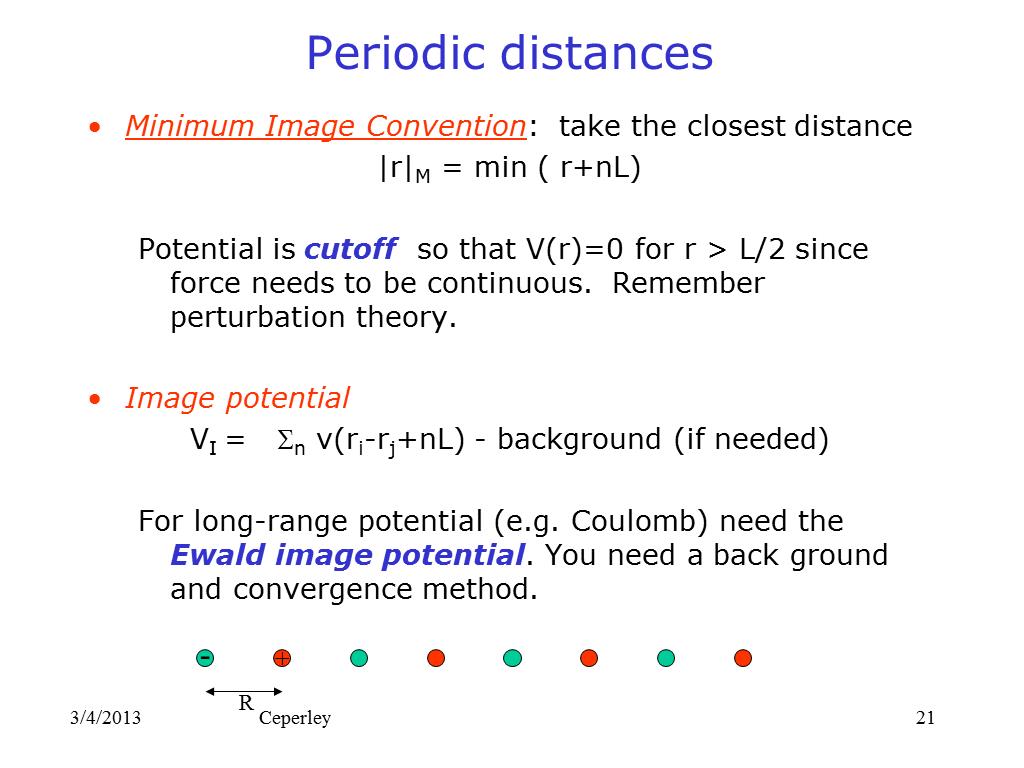 21. Periodic distances
1433.373353429409
00:00/00:00
21. Periodic distances
1433.373353429409
00:00/00:00 -
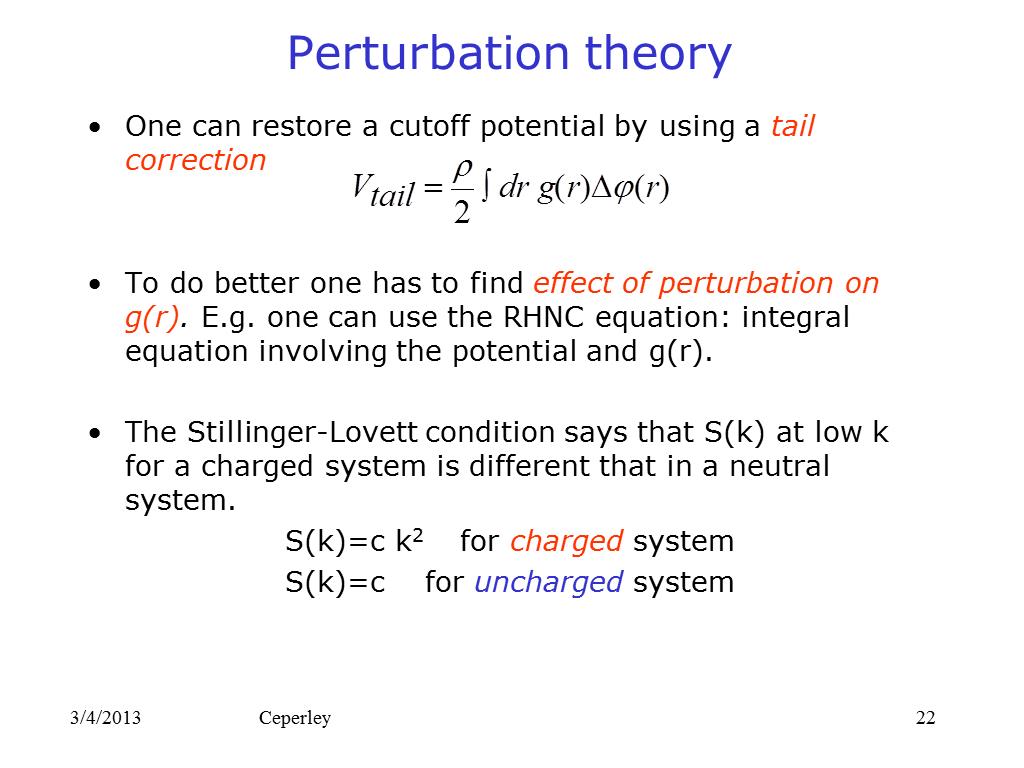 22. Perturbation theory
1689.858446545815
00:00/00:00
22. Perturbation theory
1689.858446545815
00:00/00:00 -
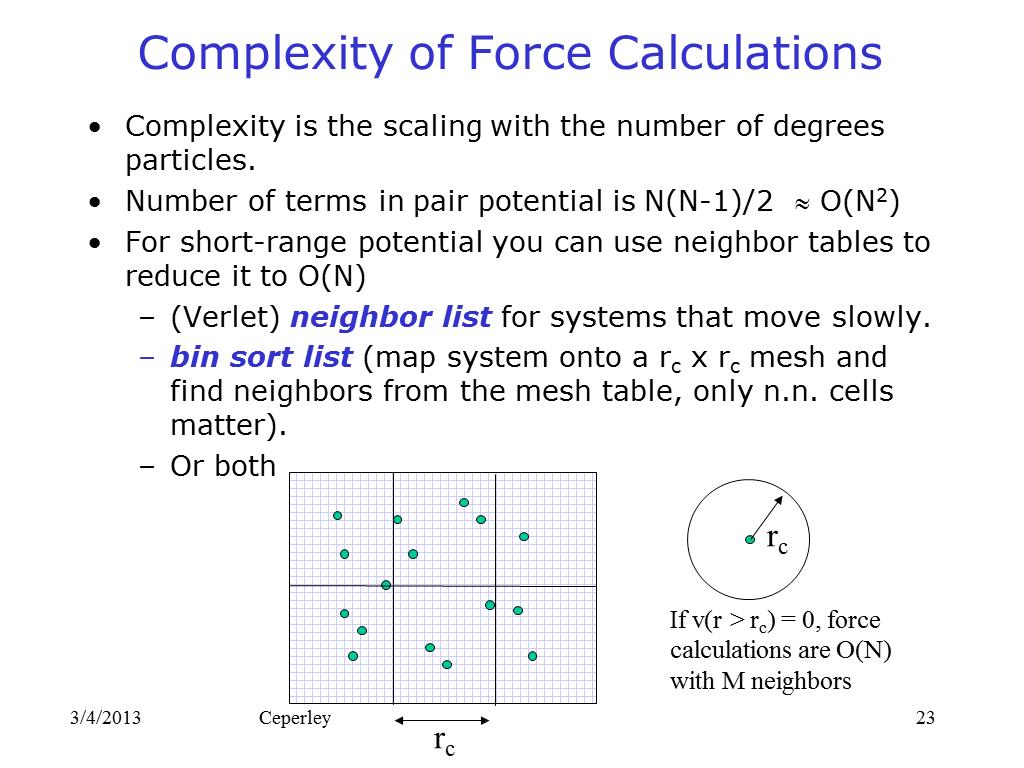 23. Complexity of Force Calculatio…
1834.8694718586116
00:00/00:00
23. Complexity of Force Calculatio…
1834.8694718586116
00:00/00:00 -
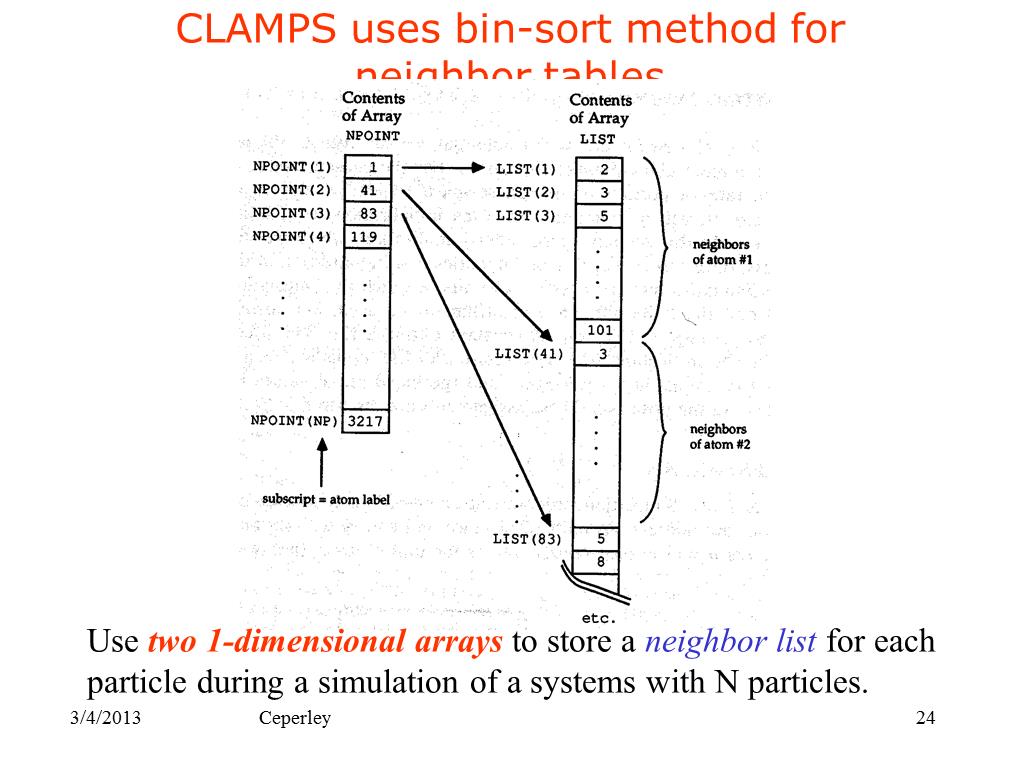 24. CLAMPS uses bin-sort method fo…
1891.2696659371516
00:00/00:00
24. CLAMPS uses bin-sort method fo…
1891.2696659371516
00:00/00:00 -
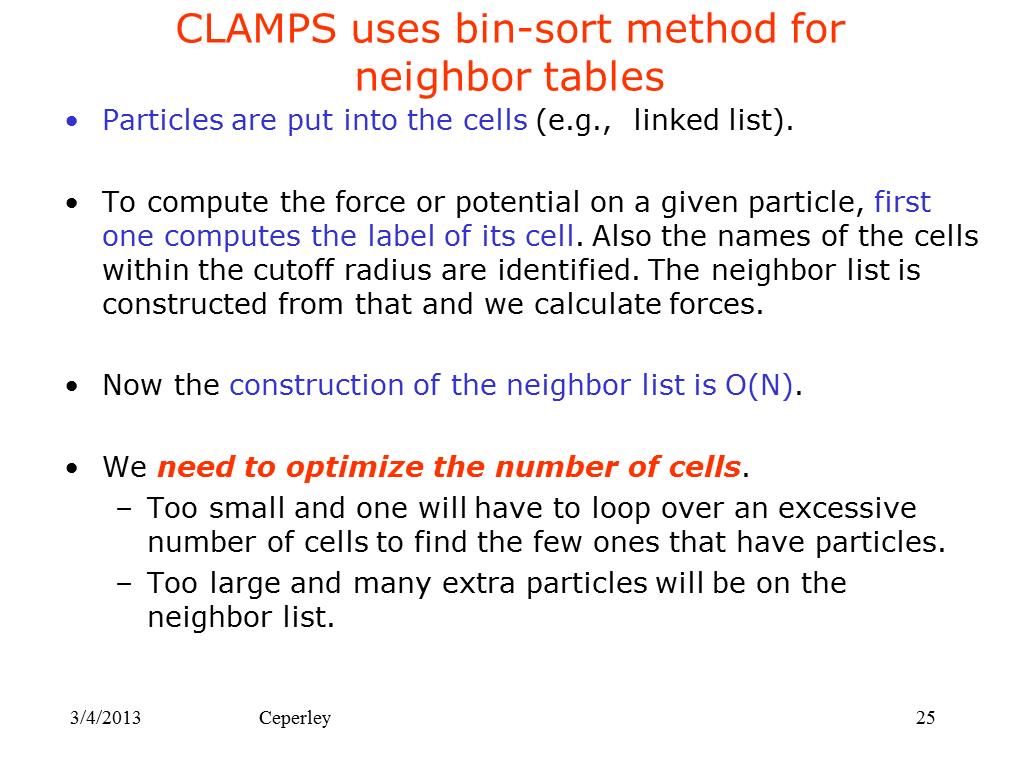 25. CLAMPS uses bin-sort method fo…
1893.9854647561629
00:00/00:00
25. CLAMPS uses bin-sort method fo…
1893.9854647561629
00:00/00:00 -
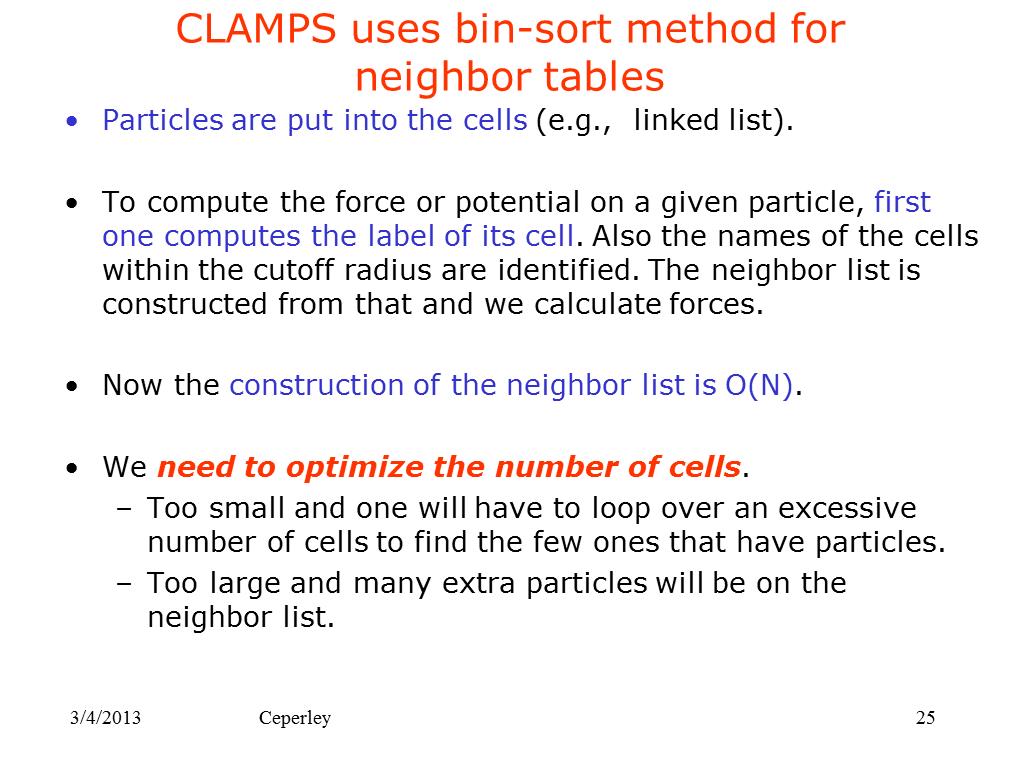 26. CLAMPS uses the bin-sort metho…
1896.2591567906843
00:00/00:00
26. CLAMPS uses the bin-sort metho…
1896.2591567906843
00:00/00:00 -
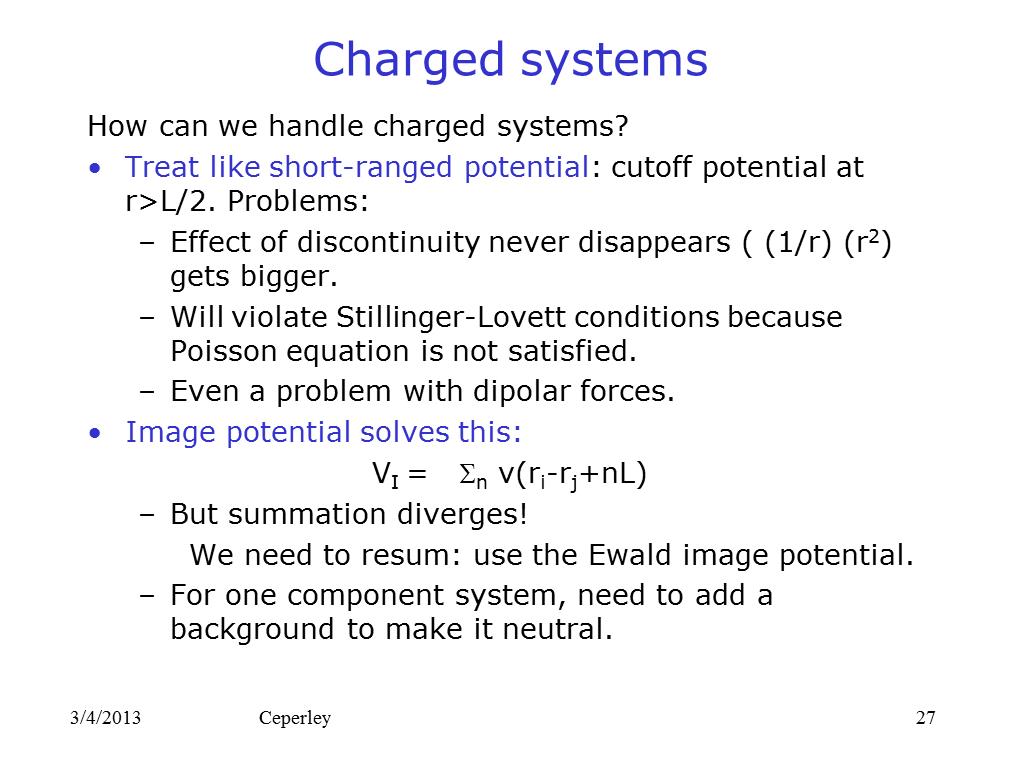 27. Charged systems
1898.9749556096956
00:00/00:00
27. Charged systems
1898.9749556096956
00:00/00:00 -
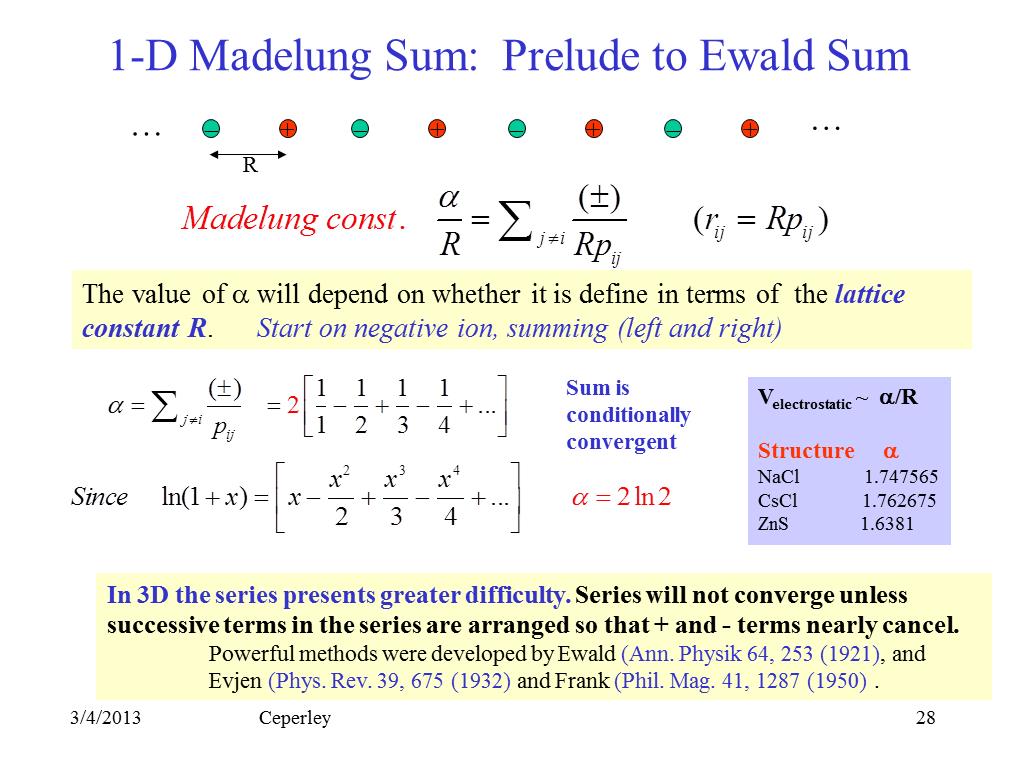 28. 1-D Madelung Sum: Prelude to E…
2069.5018581987861
00:00/00:00
28. 1-D Madelung Sum: Prelude to E…
2069.5018581987861
00:00/00:00 -
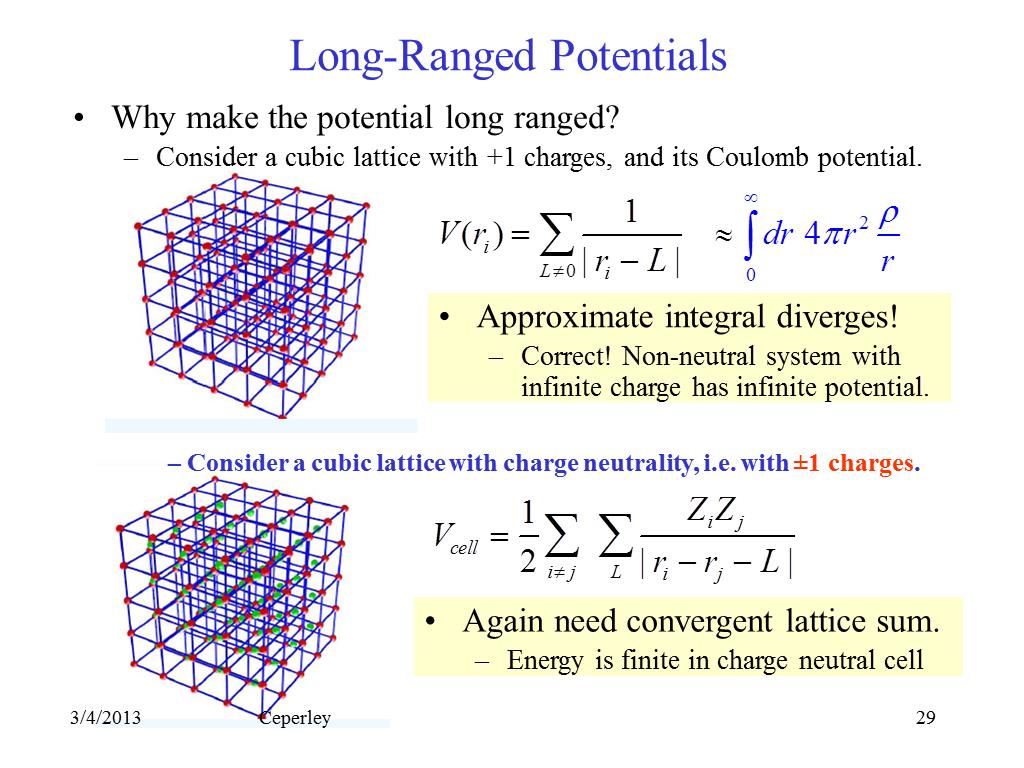 29. Long-Ranged Potentials
2069.5018581987861
00:00/00:00
29. Long-Ranged Potentials
2069.5018581987861
00:00/00:00 -
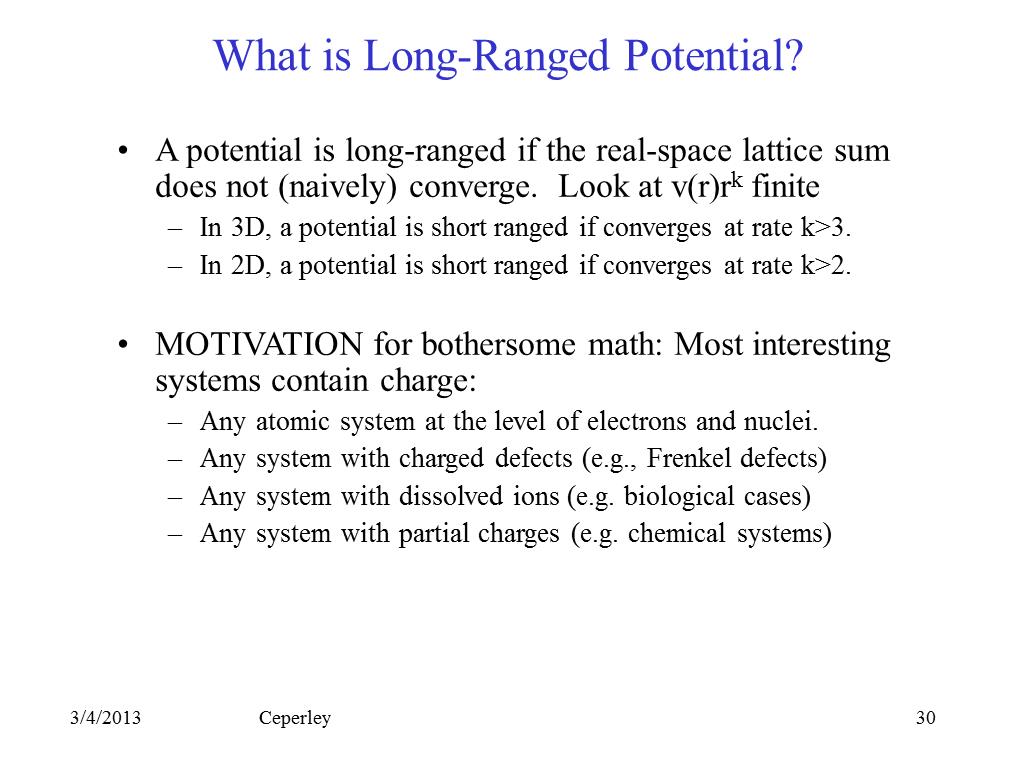 30. What is Long-Ranged Potential?
2069.5018581987861
00:00/00:00
30. What is Long-Ranged Potential?
2069.5018581987861
00:00/00:00 -
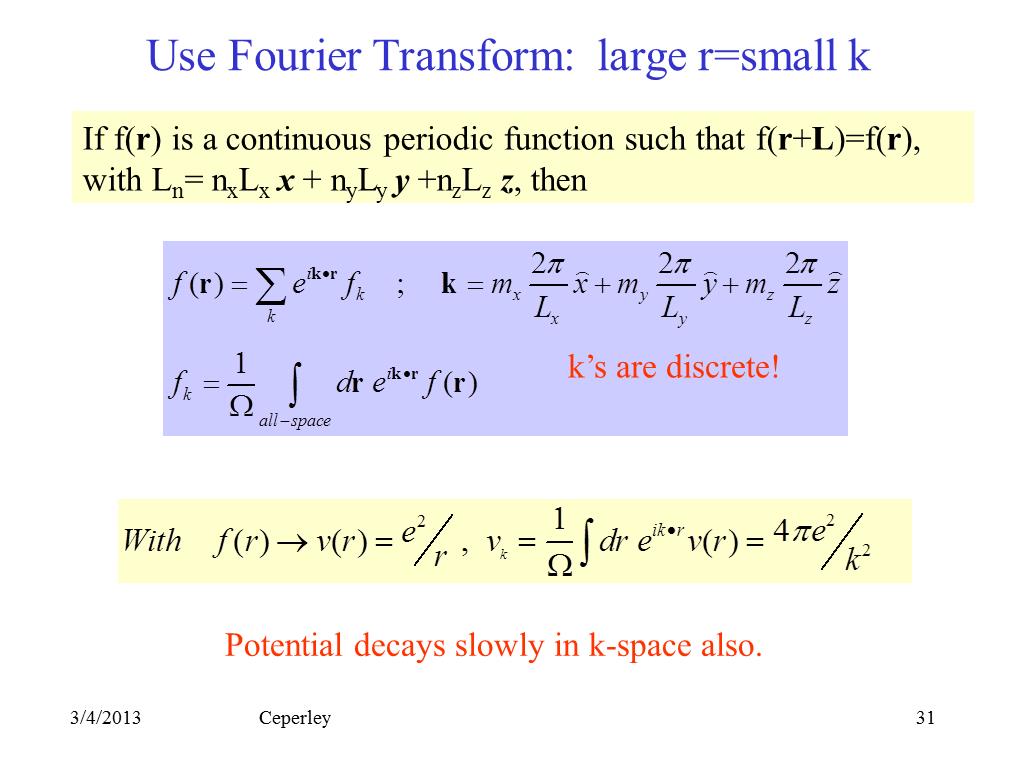 31. Use Fourier Transform: large r…
2069.5018581987861
00:00/00:00
31. Use Fourier Transform: large r…
2069.5018581987861
00:00/00:00 -
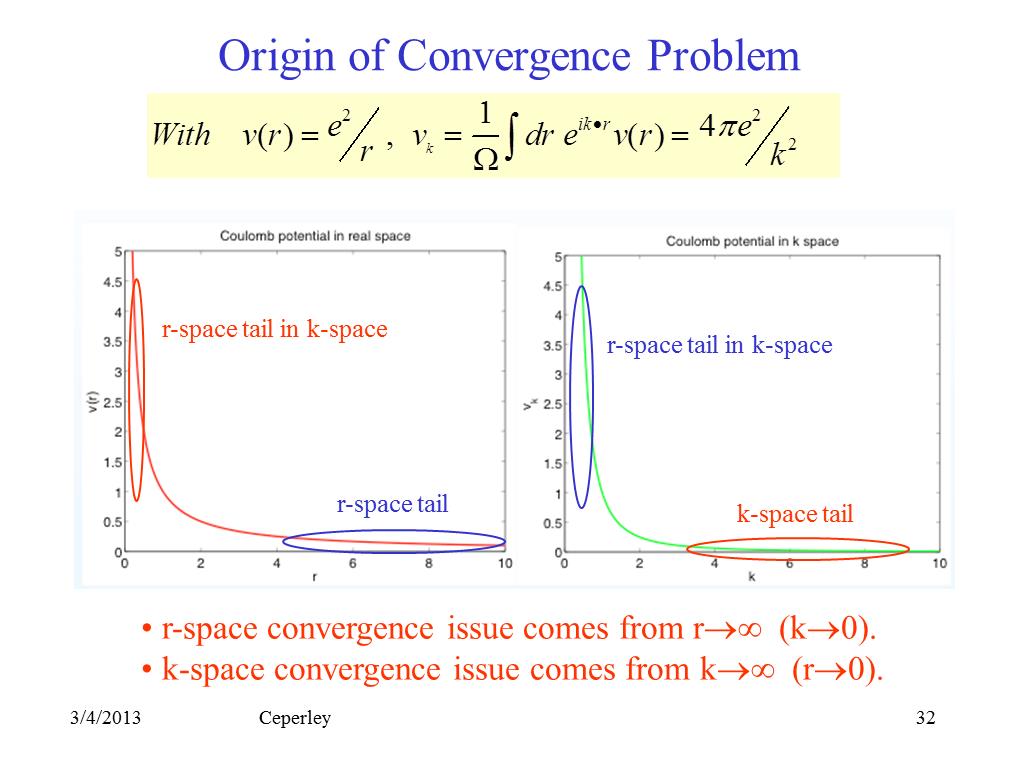 32. Origin of Convergence Problem
2069.5018581987861
00:00/00:00
32. Origin of Convergence Problem
2069.5018581987861
00:00/00:00 -
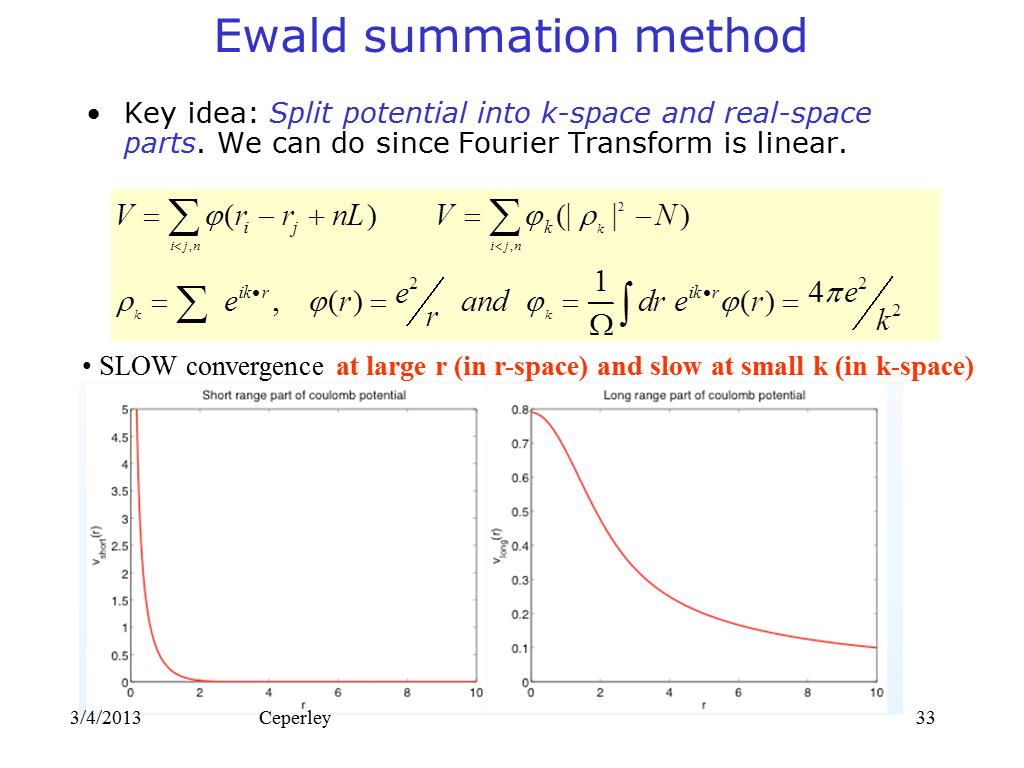 33. Ewald summation method
2069.5018581987861
00:00/00:00
33. Ewald summation method
2069.5018581987861
00:00/00:00 -
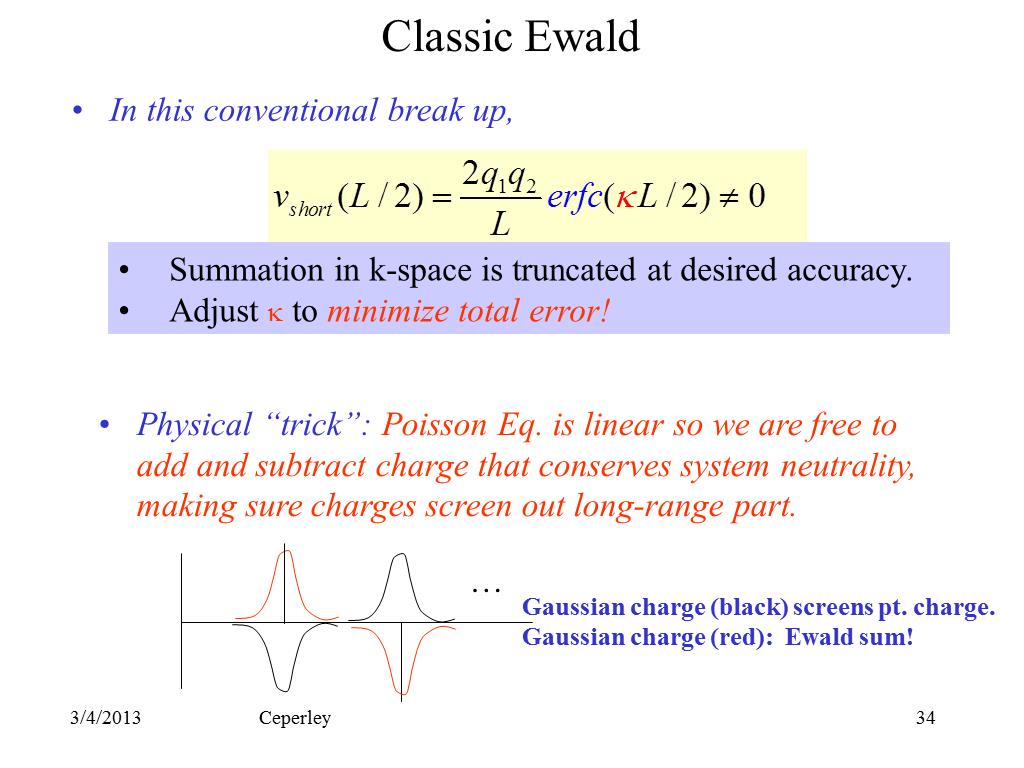 34. Classic Ewald
2069.5018581987861
00:00/00:00
34. Classic Ewald
2069.5018581987861
00:00/00:00 -
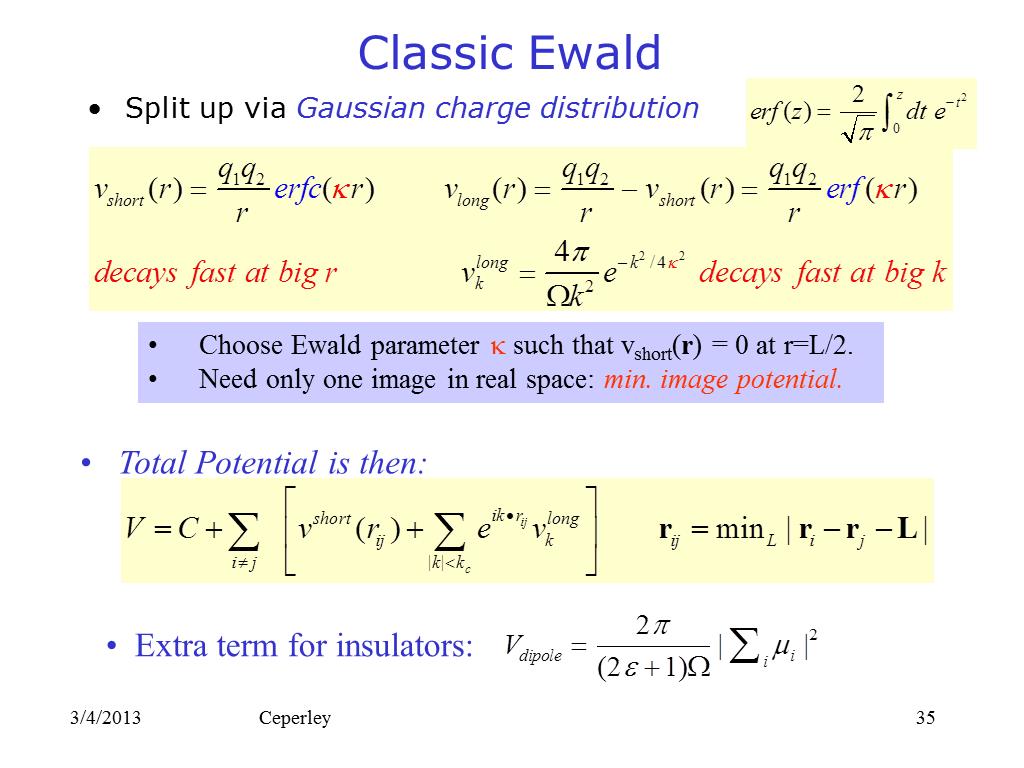 35. Classic Ewald
2069.5018581987861
00:00/00:00
35. Classic Ewald
2069.5018581987861
00:00/00:00
